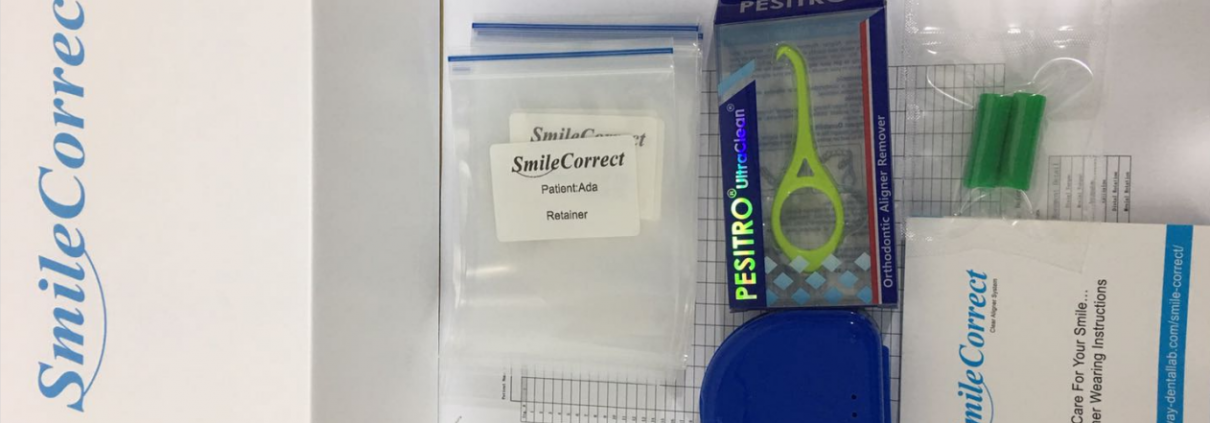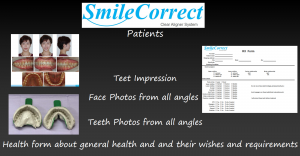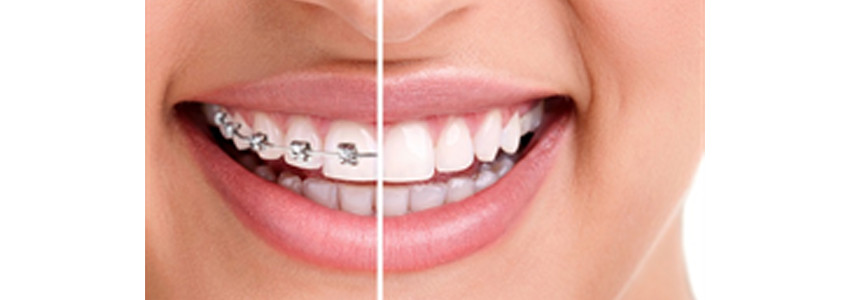Clear Aligner in orthodontic treatment
Clear aligners are orthodontic devices that are a transparent, plastic form of dental braces used to adjust teeth。
Clear-aligner treatment involves an orthodontist or dentist, or with home-based systems, the person taking a mold of the patient’s teeth, which is used to create a digital tooth scan. The computerized model suggests stages between the current and desired teeth positions, and aligners are created for each stage. Each aligner is worn for 22 hours a day for one or two weeks. These slowly move the teeth into the position agreed between the orthodontist or dentist and the patient. The average treatment time is 13.5 months.
Treatment begins with taking x-ray and photographs for diagnostic purposes, followed by capturing the patient’s bite, teeth, and gums via a bite registration and polyvinyl siloxane impressions or an intra-oral digital scanner. The latter method has greatly increased in popularity in recent years as digital scanning technology has improved. The dentist/orthodontist completes a written evaluation that includes diagnosis and treatment plan. Dental impressions are scanned to create a digital 3D representation of the teeth. Technicians move the teeth to the desired location with the program, which creates the stages between the current and desired teeth positions. Anywhere from six to forty-eight aligners may be needed. Each aligner moves teeth .25mm to .33mm.
A computer graphic representation of the projected teeth movements, created in the software program 3shape orthoanalyzer, is provided to the doctor and patient for approval or modification before aligners are manufactured. The aligners are modeled using CAD-CAM (computer-aided-design and computer-aided-manufacturing) software and manufactured using a rapid prototyping technique called stereolithography. The molds for the aligners are built in layers using a photo-sensitive liquid resin that cures into a hard plastic when exposed to a laser. The aligners are made from an elastic thermoplastic material that applies pressure to the teeth to move into the aligner’s position. Patients that need a tooth rotated or pulled down may have a small, tooth-colored composite attachment bonded onto certain teeth. Since the form-fitted plastic used in clear aligners is not as rigid as the metal used in traditional braces, sometimes the flexibility in the materials needs to be compensated in the areas that require movement. Alternatively, attachments may be used to facilitate movement by changing the shape of the tooth. More attachments can make the aligners less aesthetically pleasing. interproximal reduction or IPR is sometimes used at the contacts between teeth to allow for a better fit.
Each aligner is intended to be worn an optimal 22 hours a day for one to two weeks. On average the treatment process takes 13.5 months, although treatment time varies based on the complexity of the planned teeth movements. The aligner is removed for brushing, flossing, and eating. As clear aligners are made from plastic, they can be warped by hot liquids. While undergoing treatment you should limit your intake of hot liquids to protect the shape of your aligners and stop them from becoming stained. Once the treatment period has concluded, the patient is advised to continue wearing a retainer at night for the foreseeable future.
The aligner manufacturing processes were carried out by hand, and computer technicians had to modify each tooth in the computerized model individually.









